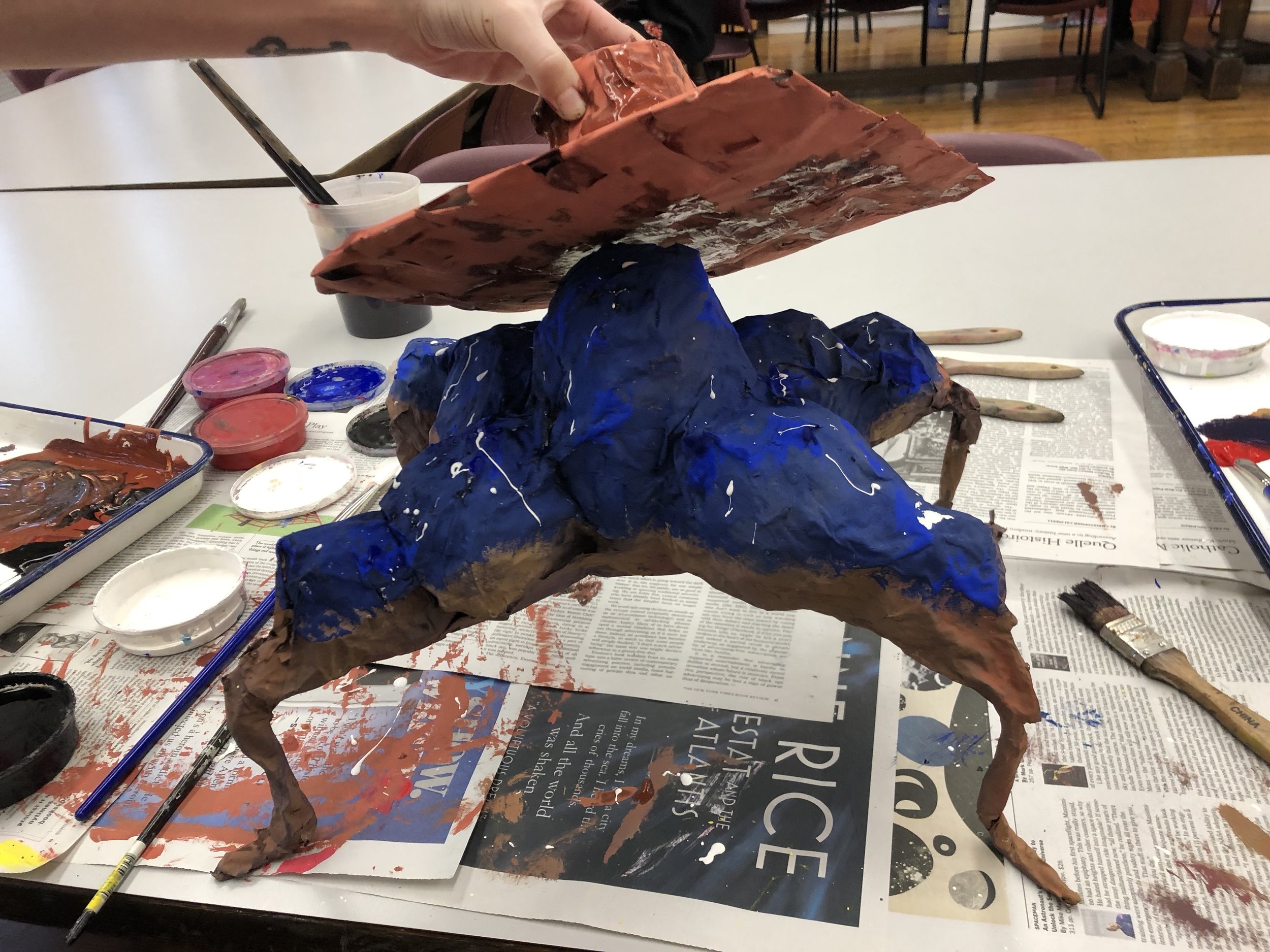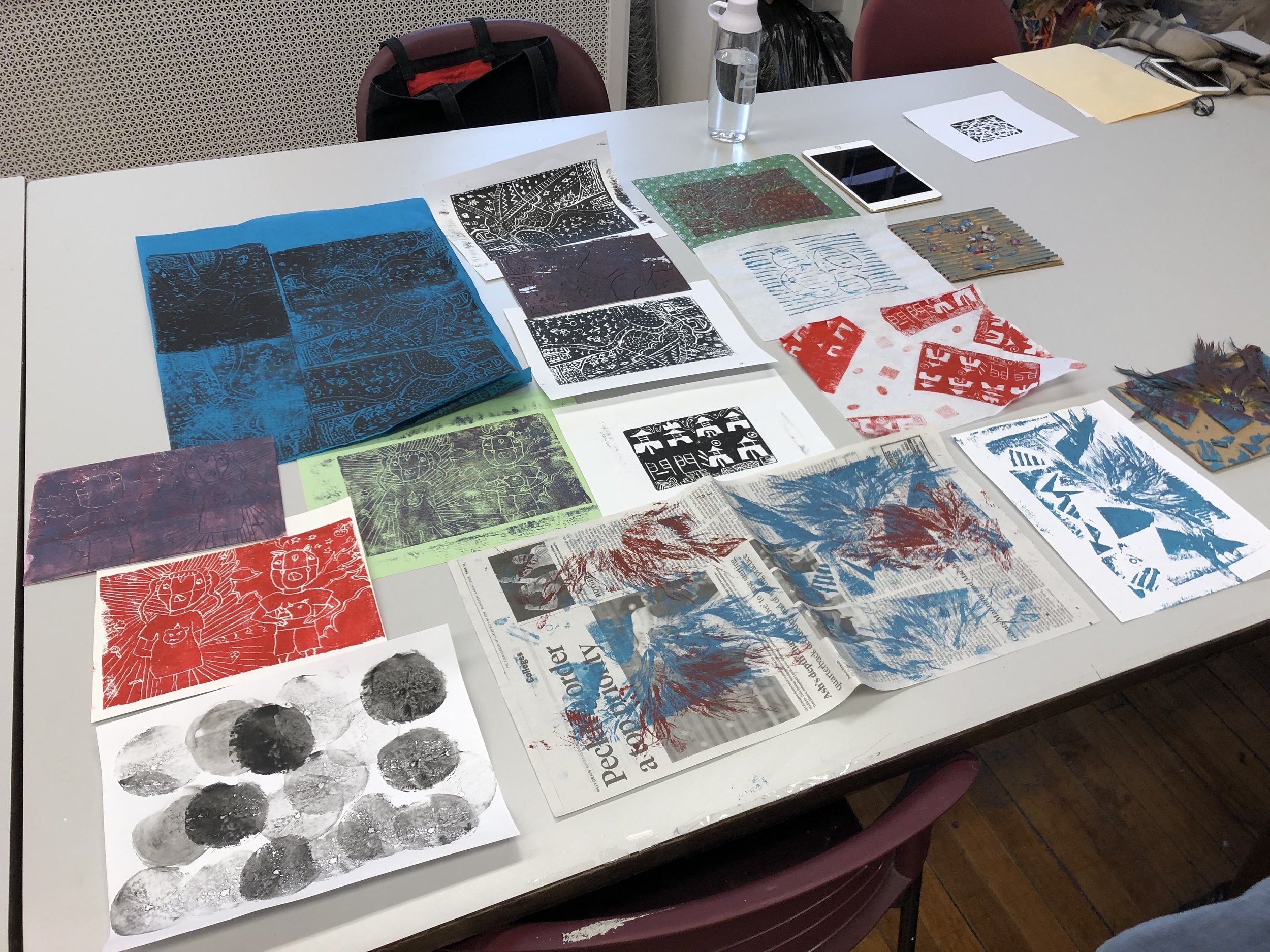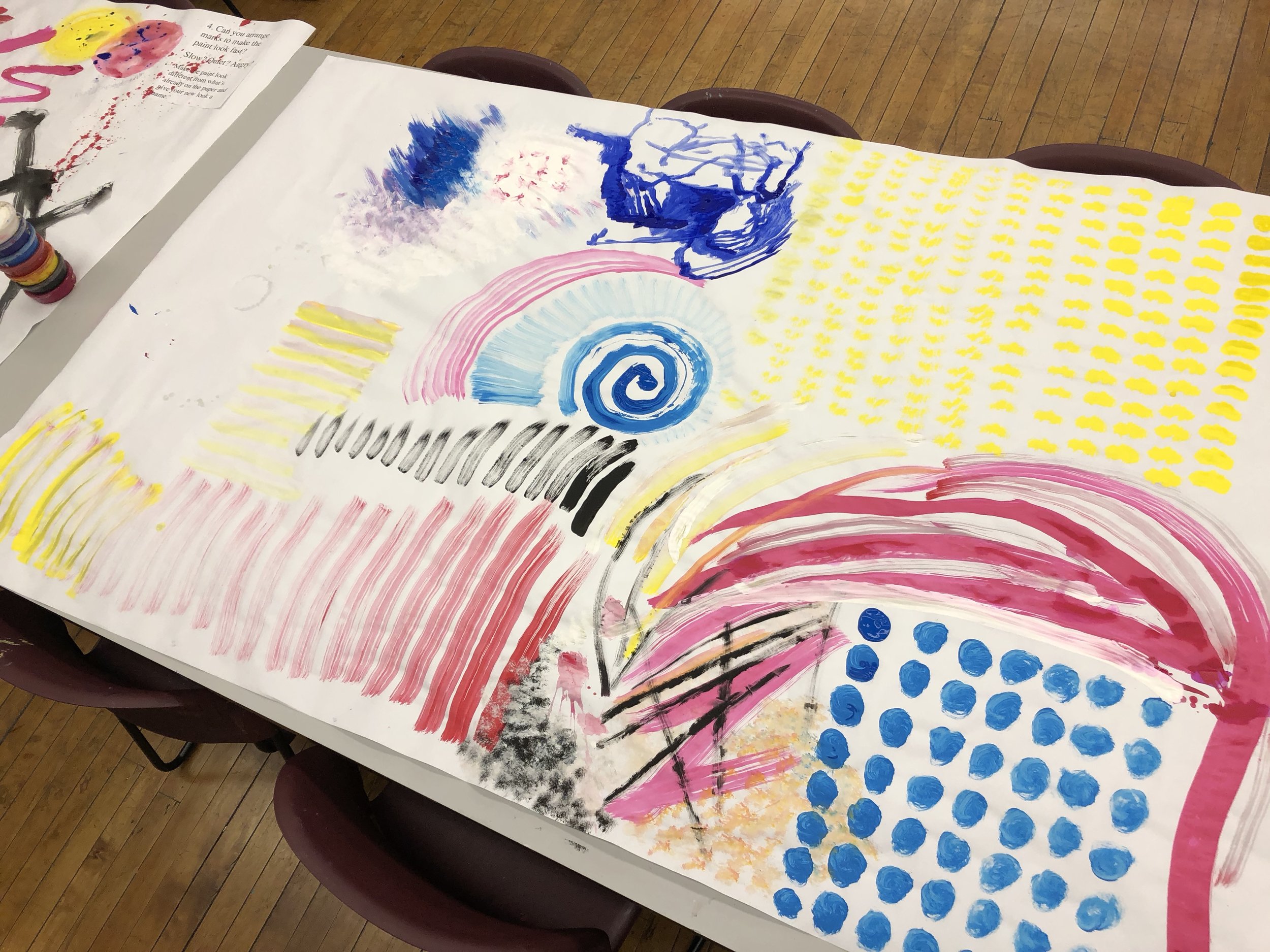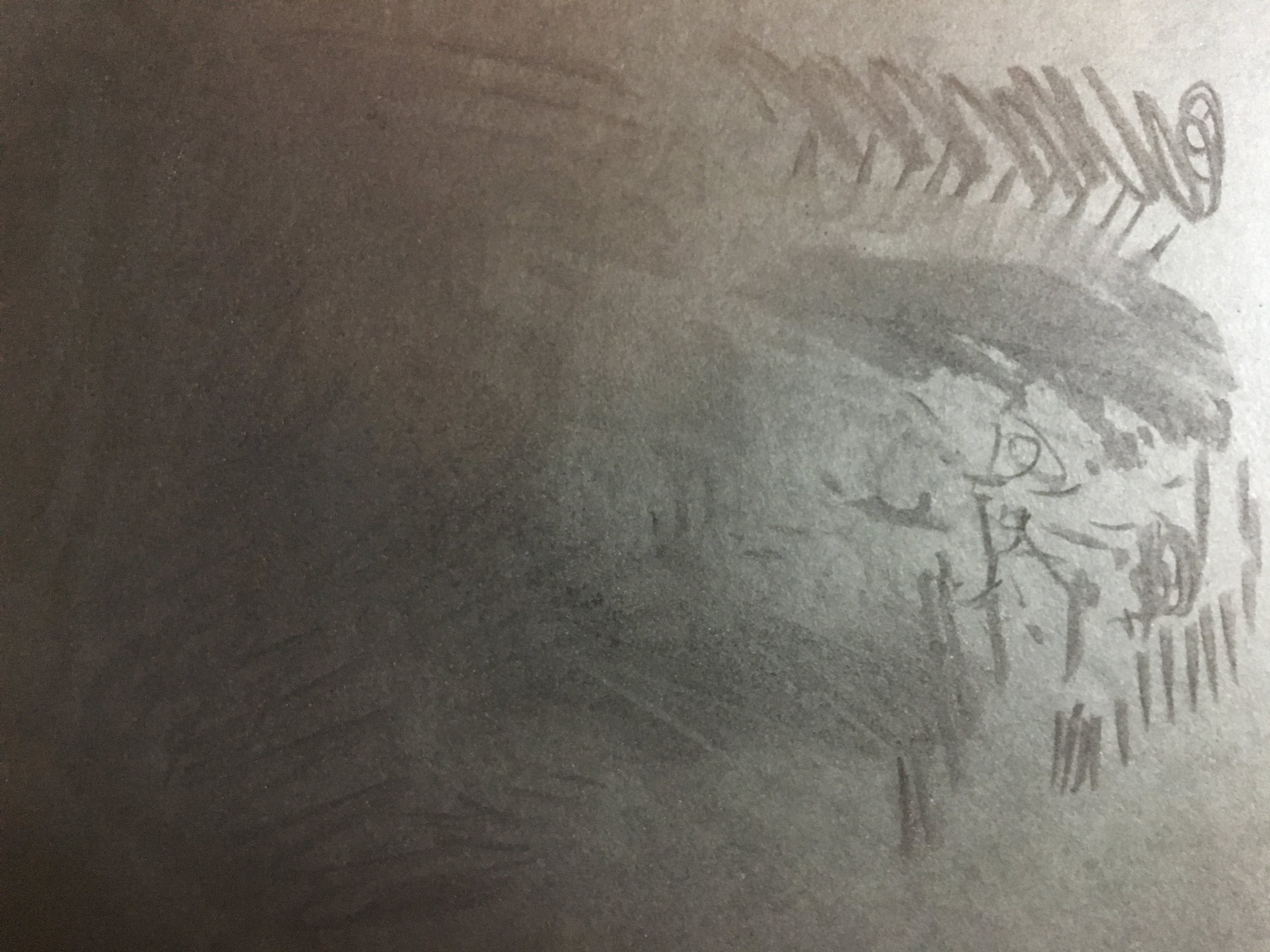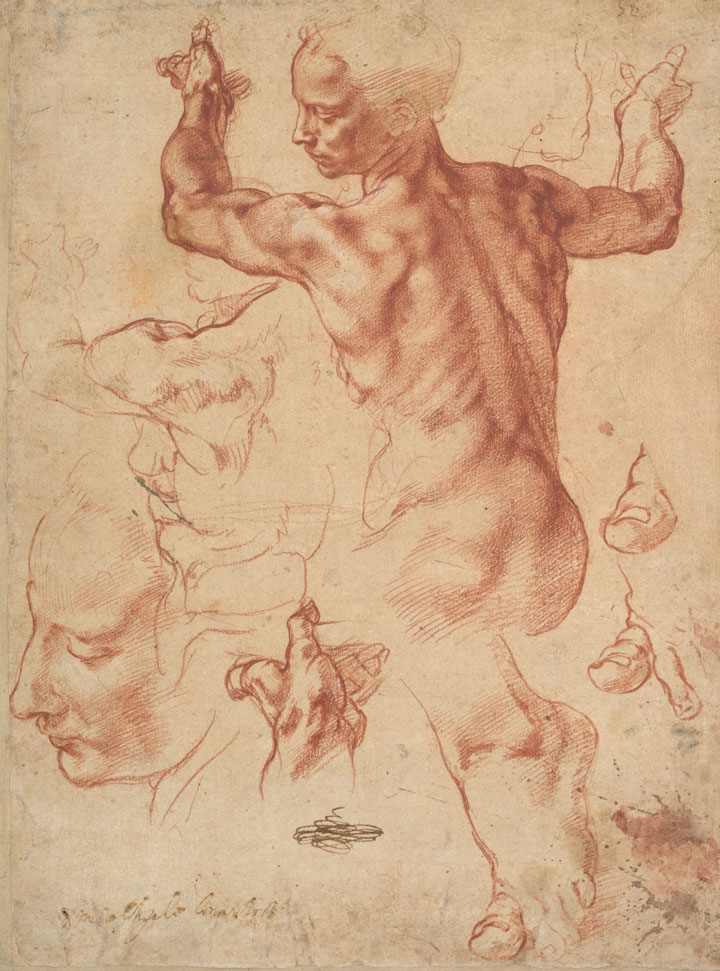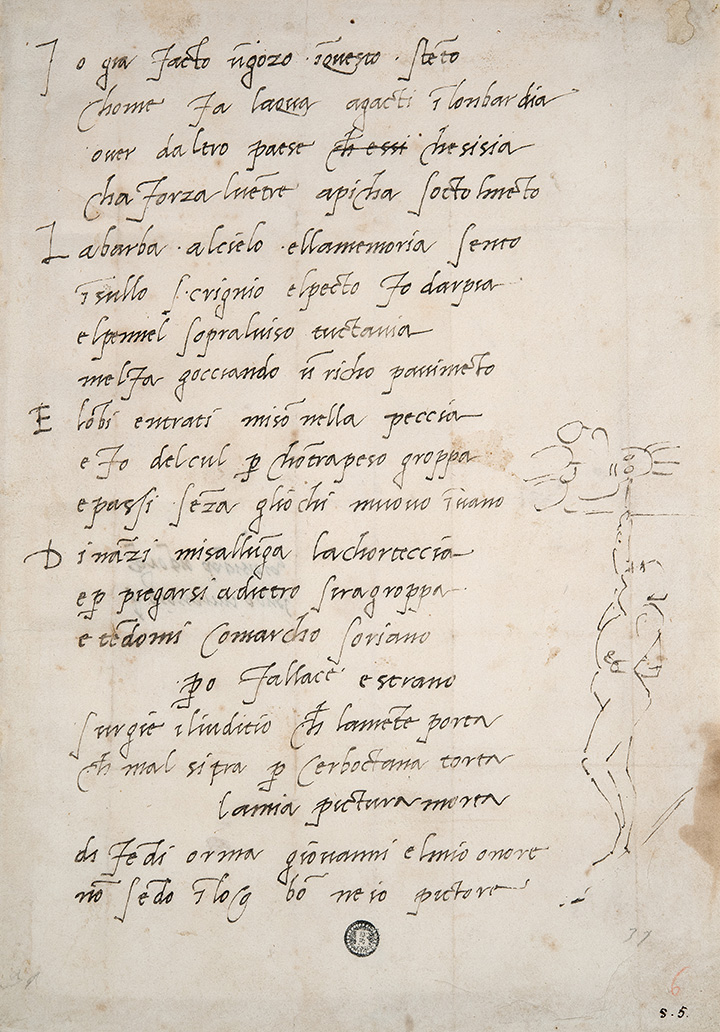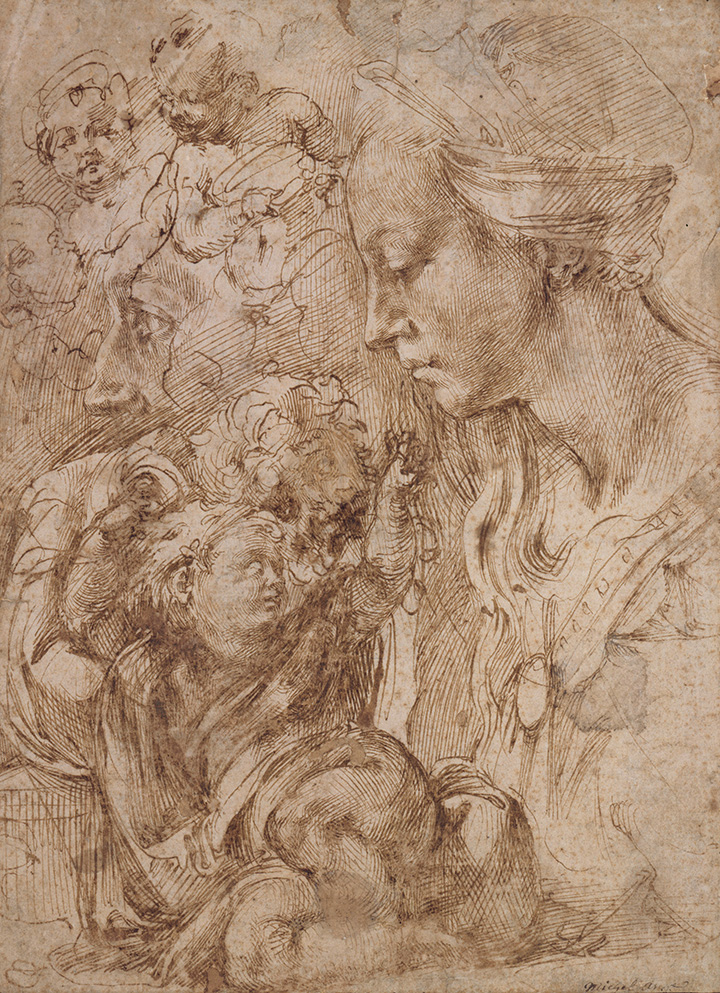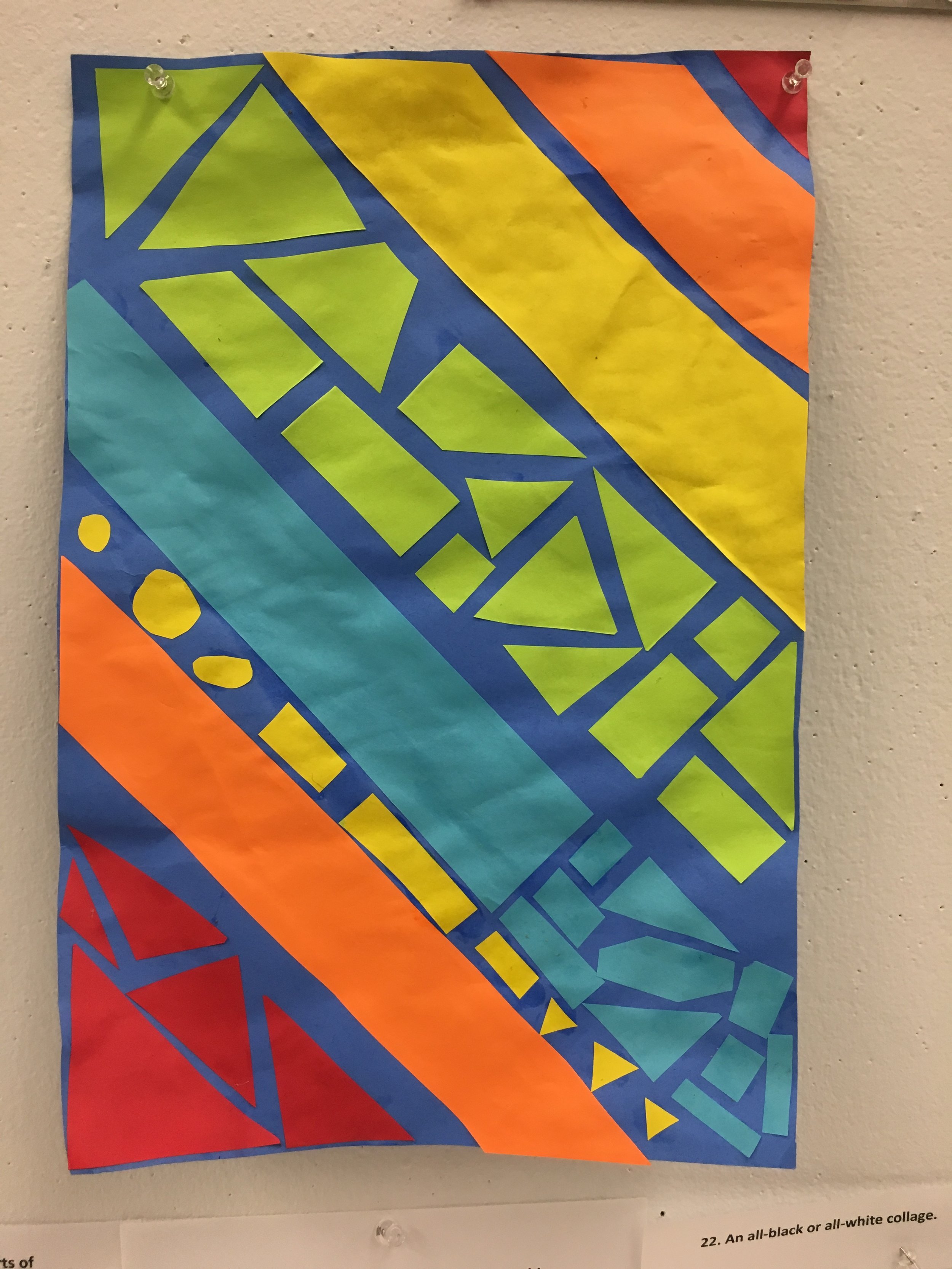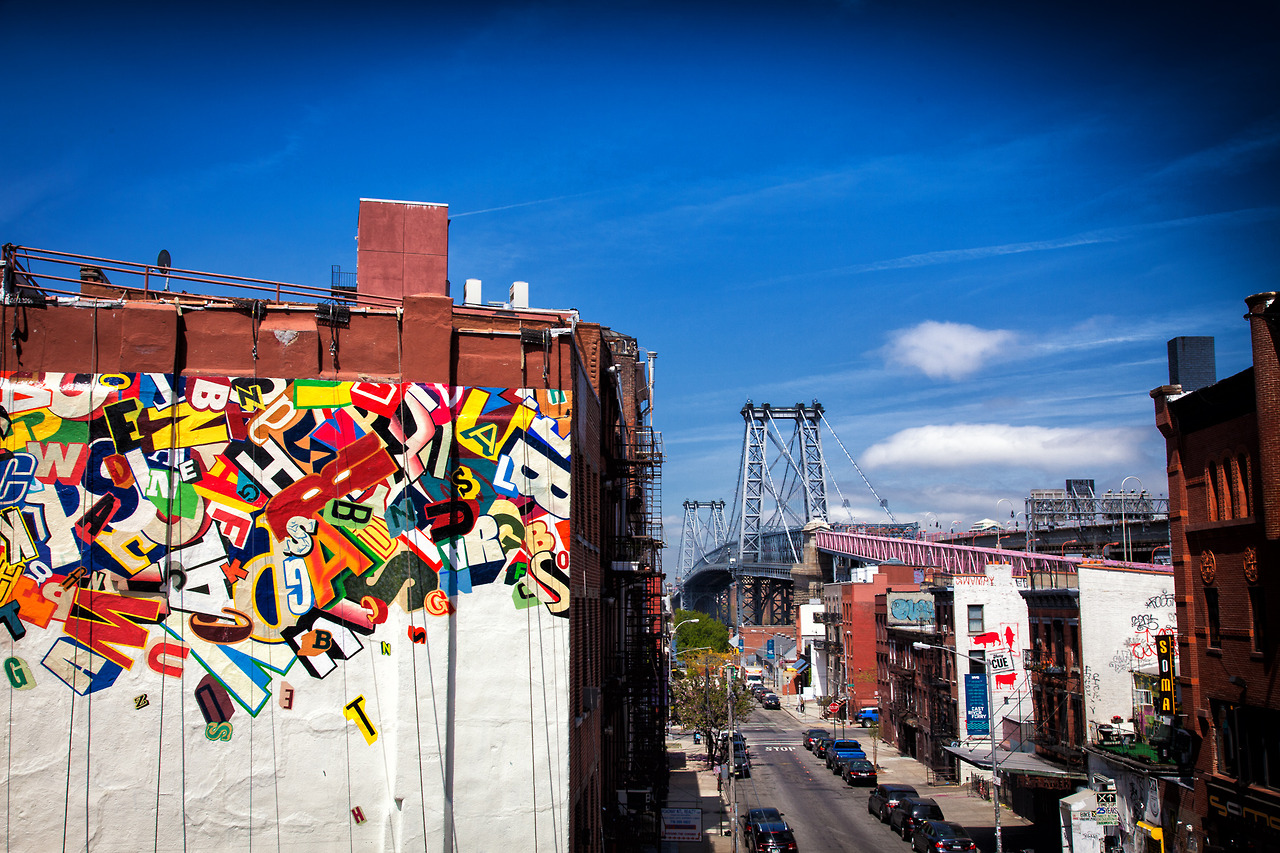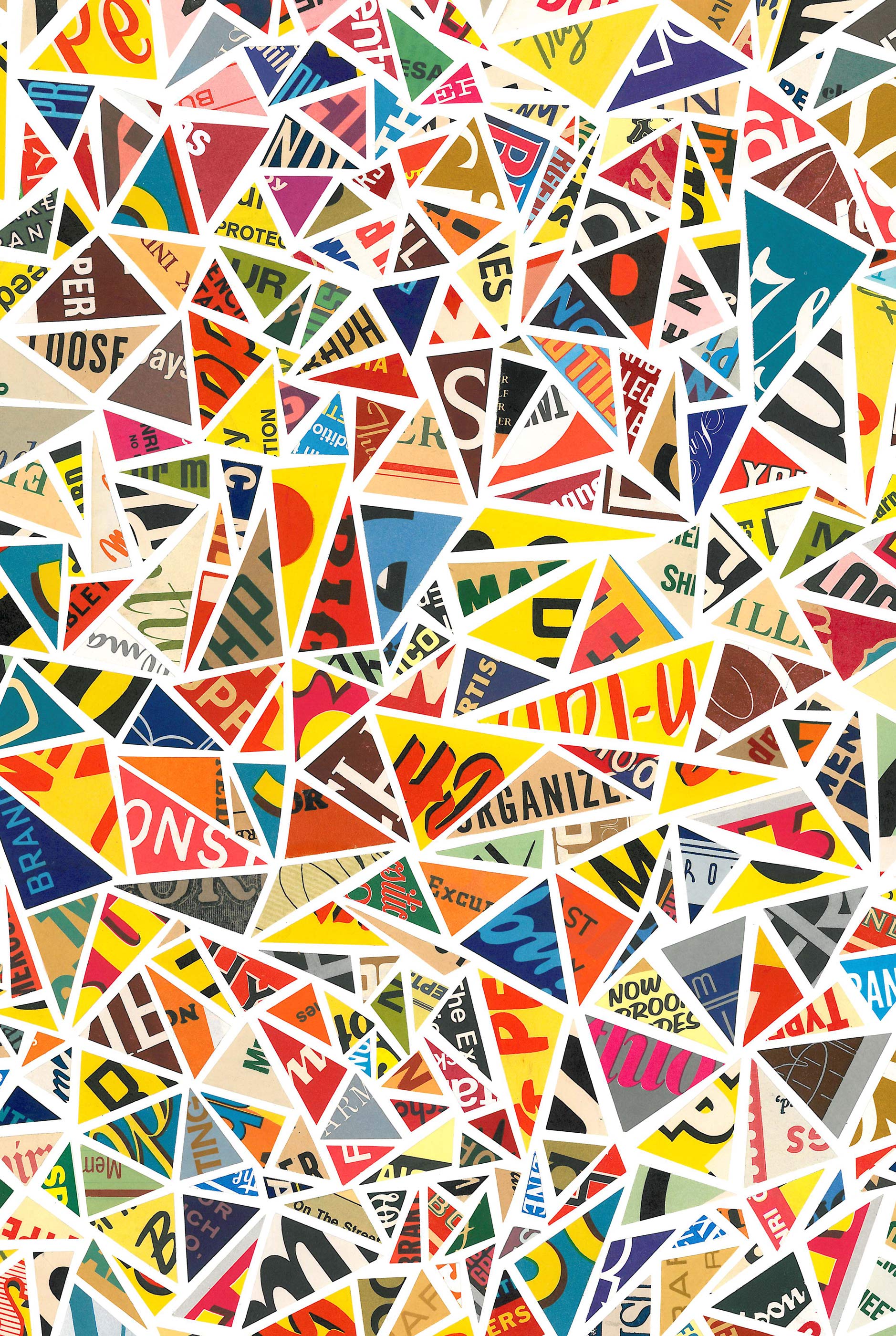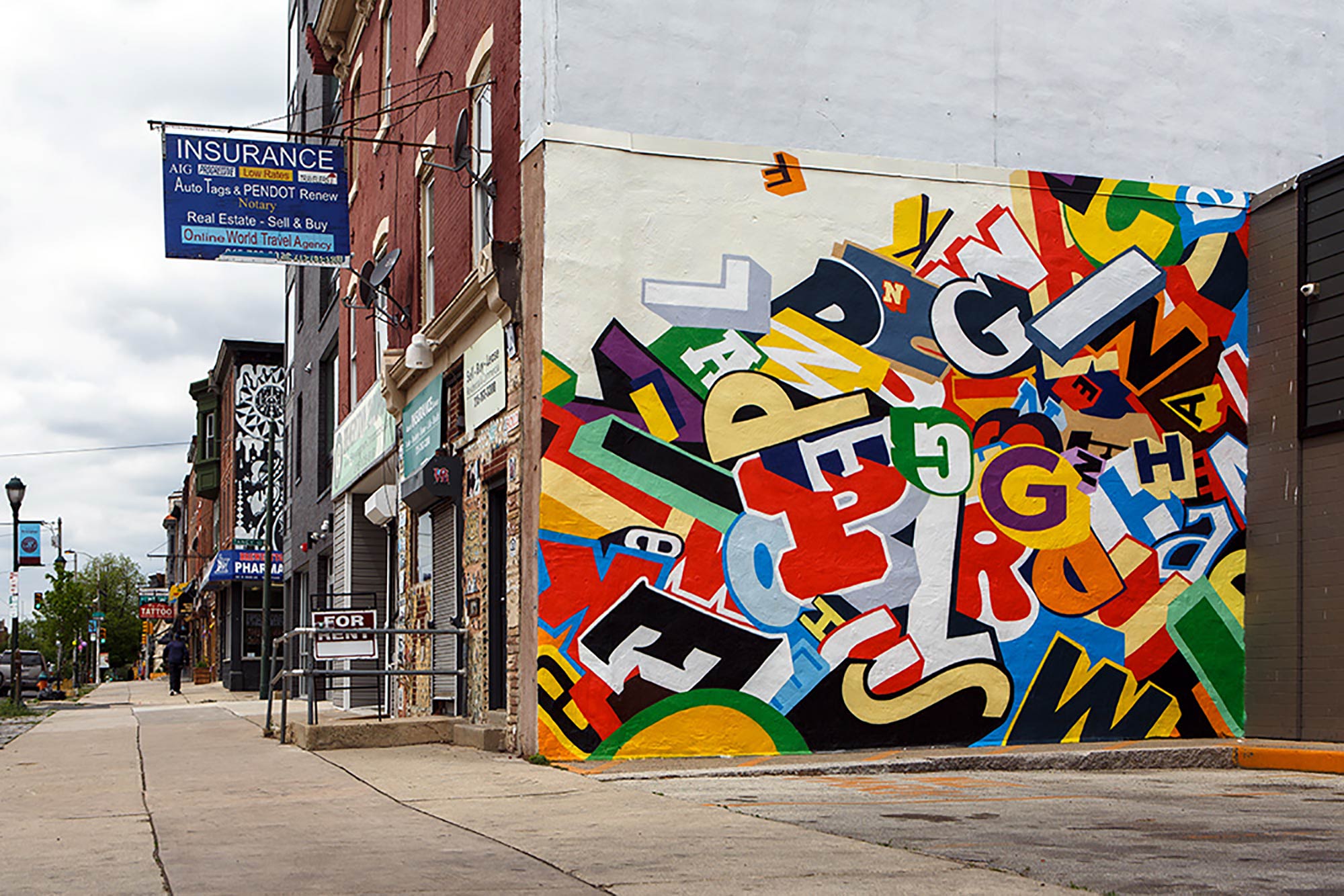Journal Writing:
In thinking back on all of the materials you explored this semester, which ones did you especially enjoy working with? Why? Which materials were most challenging to/for you? In what ways were they challenging? What surprised you about your work with our course materials this semester?
Thinking back on the semester makes me reminisce about working with fabric, drawing, painting, and paper mâché. I really enjoyed working with fabric because it was one of the first materials that we explored in class. I also had not worked with fabric much in my own artwork, and I was able to prove to myself that I could work with this material. What I also enjoyed about this material was that I was able to work with a group and compare the way that we encountered the material differently. The next medium that I really enjoyed working with were drawing materials. As an artist, my training background is in drawing and painting. Working in drawing gave me time to work with materials that I love returning to, and learning how to utilize them in my future classroom differently than I was taught. Besides drawing, my artistic background has been heavily influenced by painting materials. I fell in love with painting when I encountered oil paints at a summer program at the University of the Arts in Philadelphia. Working with painting materials in class gave me a fun opportunity to revisit why I love painting. I also learned a new way that students can approach painting for the first time, without making them feel insecure or nervous about it. Lastly, I really liked working with paper mâché because I was able to explore a material that I have not encountered since elementary school. I also liked working with a partner with a different artistic and education background from me. My partner liked working with different materials and themes that I did in her art. She also is a preschool teacher, which is much different than my vocational aspirations to be a high school art teacher.
The material that were most challenging for me was printmaking. It was challenging because of my previous experience with printmaking and my preconceived opinions about the medium. In the past, I have done drypoint, silk screen, and linoleum printmaking, but none of my teachers that I had approached printmaking in an exploratory way. I had always done assignments with printmaking that asked me complete certain tasks. Exploring printmaking in class was a challenge because I had tried to create something specific instead of exploring what kinds of studio approaches I could take to understand the material better.
This semester, I was most surprised with how I used, encountered, and executed projects. In the beginning of the semester I approached projects with an uncertainty of what was expected of me because of the open-ended nature of the prompts. Despite this, I was able to use materials to their fullest extent and learned more about their characteristics and limitations. The way that I had learned to encounter materials and assignments changed as I also got to know myself as a working artist. I found that the projects that I learned the most from were the ones where I gave myself a personal challenge with the material. With this, I executed projects differently from my peers and came to class with different results. I was surprised that I was able to create successful products that improved my problem solving in art, and my ideals for introducing my future students to materials.
My Project Idea:
I was inspired by the book I am currently reading, The Beautiful and Damned by F. Scott Fitzgerald, and my CTIP Site. CTIP is an internship I was assigned by the class called Field Observations to observe how an art teacher works collaboratively with classroom teachers to effectively aid students learning in academics and fine art. The students were reading the book Charlotte's Web, and my CTIP art teacher decided that the students would do styrofoam printmaking to aid their understanding of the characters. Their project was to create three plates of the characters they like most. In the art room, they also learned about color theory, which inks show up on what colored paper, and how to represent a characters tone/characteristics through color. To help their textual evidence and reading comprehension, the students learned about different line weights and strokes that give background of what is going on in the illustrations within the book. With this idea in mind, I decided to do something similar in my project.
I wanted to find a way to modify this lesson for older students and grades. The lesson objective of this project would be to get students to practice visual representation of complex meanings/concepts/ideals. This way, they would be able to do the same in their own work. I figured that a lesson like this would be great because it would get students to translate one medium to another, text to visual. I also thought that it would speak to students interests because they would be able to choose their favorite book and be personally invested. The lesson would require students to translate themes, time period, or characters from the book and make them visual through printmaking.
In the case of my project, I would be re-presenting the book The Beautiful and Damned through the time period that it takes place. The book takes place in the 1920's when Art Deco design was most popular. I expect that my project will be heavily based in simple geometric shapes and limited colors.
Below are pictures that I grabbed inspiration from:
What made you want to work with the material you selected for your final project? What did you hope to accomplish?
The material that I chose to work with for my final project was printmaking with rubber plates. I hope that this way, I could gain more experience working with the material in a formalized way with a clear project idea in mind. I also wanted to give myself a chance to work with the material longer so that I could add more detail to the design. Through this project, I will also be able to carry out a project/lesson that I hope to further refine for my future students.
How did your ideas change and evolve as you got into the project? What challenges did you come up against that you needed to resolve?
My idea started as a potential future lesson for students in high school. The idea came from a culmination of the projects and classes that I took this semester. From my artistic development class, I learned about STEAM and how the program could be implemented into the art curriculum. The way that this is done is through translation of a subject with multiple materials. This gave me the idea of translating a book into visual symbols. Through exploring materials in my processes and structures class, I found, aside from my personal enjoyment in working in a larger scale, that an artist can work in a large scale regarding multiple small works. This gave me the idea of working with smaller rubber plates and making multiple prints.
When I started working towards a visual subject, based on the book The Beautiful and Damned, I found that Art Deco would be a great visual subject for my prints. Not only is it recognizable, but it is very relevant to the book's themes. What I did not expect was how much time and work I would have to put into doing it because of how long it took to recreate the patterns that I found and came up with. I found it difficult to be so patient with a material. I also found that working with small rubber plates was difficult because they are so fragile. The tool that is used to cut the plate is much sharper than the hardness of the material, therefore it was difficult to be so precise and not make any unwanted marks. These challenges were overcame by taking more time to be careful when making my marks on the plates.
As I began to print, I found that some of the metallic inks that I wanted to use were of a thicker consistency than the regular ones. This made printing trial and error based. Although it slowed my process down a bit, it was worth it because once I figured out how much ink was needed, then I could make as many prints as I wanted.
Overall, the idea that I had for my project did not change much. The challenging part of the project was going through the process of printing and figuring out what worked and what didn't. This took time, but I will assure my future students that it is worth it and if they are personally motivated in the project, than this will not be a big issue.
How did you experiment and PLAY with materials and ideas in your piece? What did elements of PLAY result in?
I experimented and played with the materials by using many of the materials I have at my disposal at home, outside of the Macy studio. I have my own brayer and tools to cut the rubber plates. Before leaving class, I was also able to bring paper home that is mostly made of plastic, which prevents bleeding of water based materials. This was fun because I was able to play/experiment/explore what kinds of effects that I could use with the plates on this new kind of surface. Playing with the material resulted in me finding out that since the surface has some transparency to it that the metallic ink looks bright and somewhat luminous when the surface lays on a white background.
What works particularly well about your finished piece? What are you excited about with regards to the way it turned out?
I think that what works well is how the ink looks when layered on top of a white surface. I am definitely excited about it because it proves that playing with material results in things that you may not have expected, and could create something better than you envisioned.
What things might you do differently if you were to try this again?
If I were to do this differently, I would try to do it with a larger and firmer plate. I believe that this will allow me to work in more detail, because I will have more space to do so, and it would allow for smaller mistakes because the material would not be as 'weak.'
What does this piece lead you to want to do next? Why?
This piece leads me to want to implement it as a lesson in my own classroom one day. I think that it could get students to explore printmaking and practice translating conceptual ideas to visual motifs. I think that students will enjoy the opportunity to explore printmaking within their own interests, and play with printing on/with various materials, which would eliminate pressure for the prints to be 'perfect.' While the project is open-ended and choice based in how a student could approach it, it also is able to focus students ideas to practice their techniques in printmaking.
Below are pictures of my plate preparation process:









Below are pictures of my printing process:




There are the best prints I chose to use for my final project.
I found that being able to have many options to choose from was best in my final project process. It was also important to consider how the artwork was going to be displayed/presented. I thought it best to have them flush to a white background to see the details in the prints better.



























